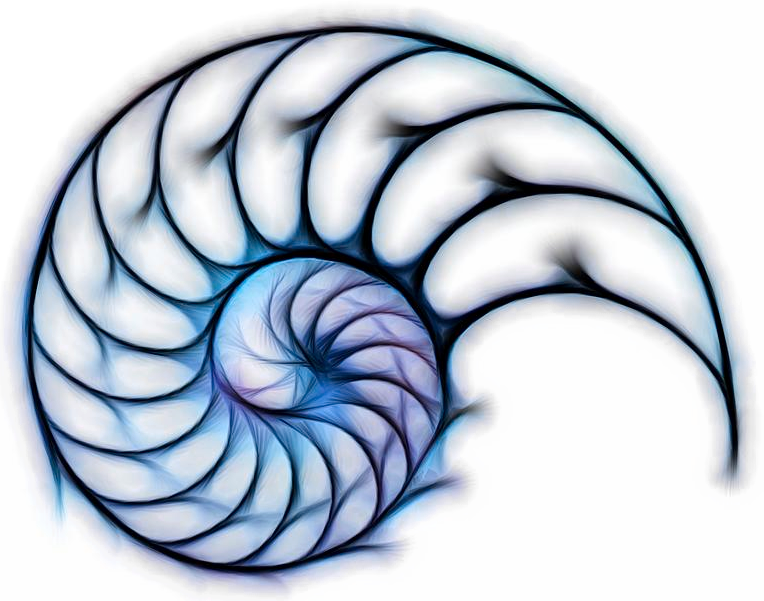In 1932 Alfred Einstein sent a letter to Sigmund Freud asking him about the human aggression; “Is there a way to free humanity from the suffering of war?” (Freud, 1933) In response Freud wrote back a long letter where he mentions, as a conclusion, to Einstein that it’s useless trying to prevent the human aggression since there is a biological disposition in man for aggressive behavior.
Until 1920 Freud had given more emphasis in the life drive or sexual drive where he believed all neurotic symptoms are developed from this drive. Then he published the paper “Beyond the Pleasure Principle.” In this seminal and controversial paper Freud introduces the death drive. Specifically, he stated that man has an urge that pushes him to life (life drive) and an urge that pushes him to death (death drive). Influenced by Darwin, Freud based the death drive in the theory of evolution, in that man came from inorganic matter and to that he wants to end up. Even though the theory of returning to inorganic matter has not been accepted by a number of psychoanalytic schools, the theory of the death drive as a force seeking lower levels of stimulation has been accepted from a number of schools, especially from the Drive Theory Schools. Freud proposed that the death drive under the influence of its fusion with the life drive turns on the outside (instead against the ego and body) and takes the form of aggression. Specifically, he wrote: “Our hypothesis is that there are two essentially different classes of instincts: the sexual instincts, understood in the widest sense – Eros, if you prefer the name – and the aggressive instincts, whose aim is destruction” (Freud, 1933) And even though up until that point Freud was of the belief that aggressive behavior is the result of frustration, in 1920 he declared that man’s aggressive behavior is inborn.
The aggressive drive is accepted by many schools of psychoanalysis. In all human relationships (personal, professional, social), there would be, logically, a dose of hate and aggression. It’s not a matter if there is aggression or not anymore but how it would be controlled and what kind of expression would it take in the human behavior. The way we express our aggression, and our drives in general, has its roots in the early stages of life. The baby, through his experiences, would internalize what is accepted and what is not in his way of drive expression. As a consequence, these messages would become part of his unconscious and would get introjected in the character he would develop.
The school of Modern Psychoanalysis has studied in depth the destructive consequences of the aggressive drive which instead of being released externally in socially acceptable and healthy ways, it gets turned internally against the body and self. Aggression that is turned inwards could lead to number of problems, like, psychosomatic symptoms (aggression against the body), depression (aggression against the ego and the self) or even to psychosis and schizophrenia (aggression against the mind).
In psychoanalysis we learn that tension release doesn’t require a physical pathway. Instead of that, verbalization and symbolic expression bring a more desirable and creative release. Spotnitz and Meadow (1995) mentioned that the more an analysand feels his aggressive drives and expresses them in language with sincere feelings, the more he would discover his loving feelings and life drive. They wrote also, “We have found that patients go nowhere trying to run away from the existence of hate. It exists together with love in every psyche. The expression of hatred is a psychological need. That is, it is a desire or wish that presses for satisfaction. No person really lives in an emotionally healthful way until he has developed the capacity to give balanced expression to love and hate. In brief, we need to recognize that the problem is not hate itself, but its expression in harmful ways.”

